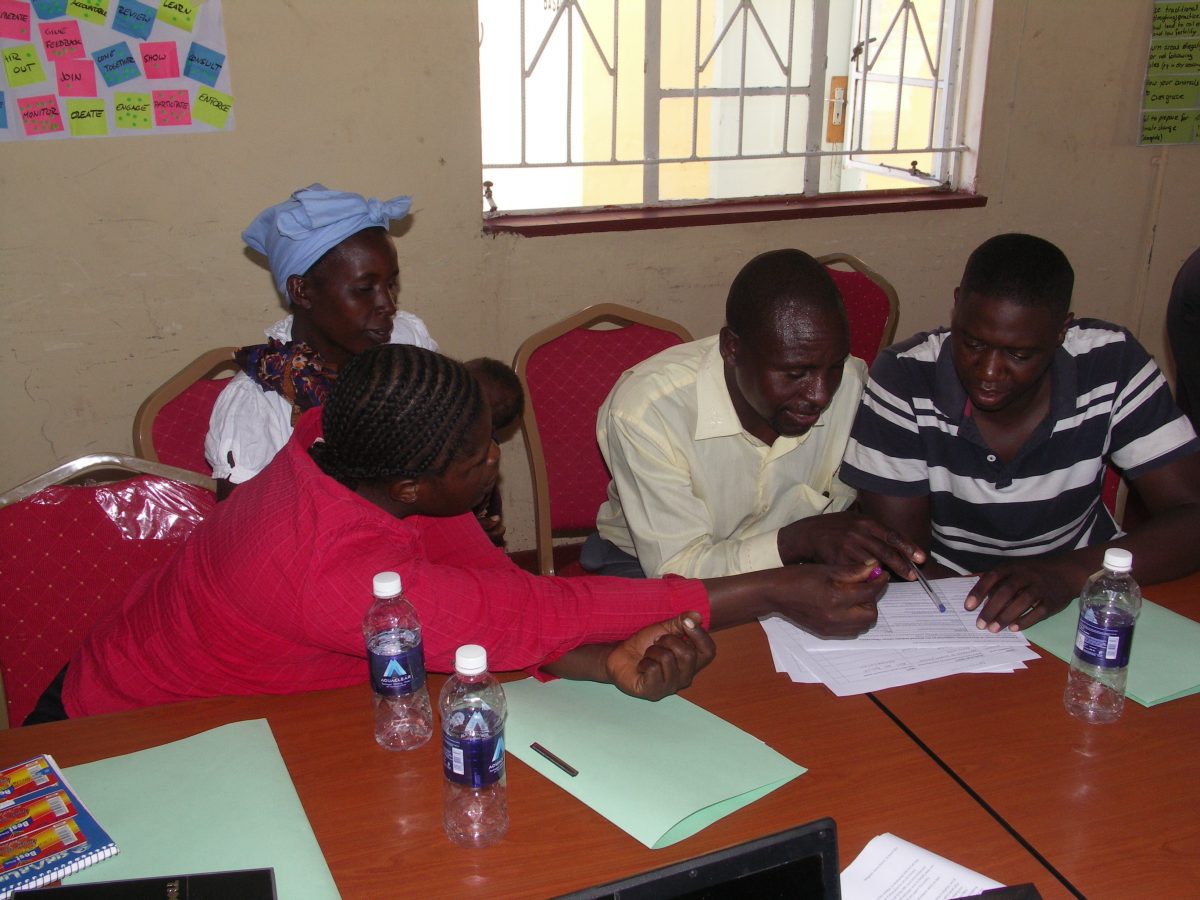Co-designing citizen observatories in Africa and Europe: an introduction
As you may have seen in our news section, a series of co-design sessions is taking place this spring in each of the six Demonstration Cases. But what does co-design mean?
Ground Truth 2.0 is setting up and validating six citizen observatories, four in Europe and two in Africa. This is realized by an innovative, trans-disciplinary, socio-technical approach, which combines attention to the social dimensions of citizen observatories with enabling technologies. These social dimensions encompass stakeholder analyses, engagement strategies, impact assessments and the identification of drivers & barriers for stakeholder participation.
According to our philosophy, the stakeholders of the respective citizen observatories, such as citizens, policy makers and decision makers, are involved in the citizen observatory design and creation. Therefore, co-design sessions are organized to capture the stakeholders’ needs, requirements and experiences. This people-based approach has been introduced by IHE Delft. For example, in one of the Kenyan co-design sessions, stakeholders placed emphasis not only on monitoring, but also on functionalities, to help coordinate the activities of the various stakeholders.
The sessions, taking place in a series, are interactive and follow a coherent methodology developed by IHE Delft. The stakeholders are asked to identify the central challenge, to articulate vision and mission statements and to agree on a common vision for their observatory. The overall objective is to customize the citizen observatory in such a way that it will have the envisaged, case-specific societal and economic impact, taking into account local governance goals, cultures, customs and languages.

